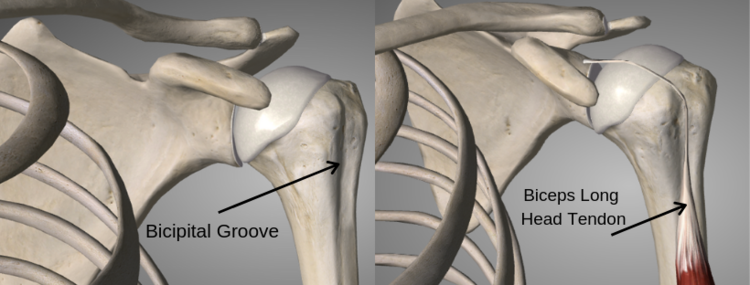Your Shoulder Pain Could be Caused by Bicep Brachii
Posted on 12th March 2024
Are you grappling with persistent shoulder pain that just won't seem to let up? You might be surprised to learn that the culprit behind your discomfort could very well be the biceps brachii – yes, those bulging muscles in your arms that you associate with flexing at the elbow. Intrigued? Let's look into this connection further.
Understanding the biceps
First things first, let's get acquainted with the biceps brachii. As the name implies, this muscle is composed of two heads: the short head and the long head. While you might be familiar with the biceps' role in elbow flexion, it's the long head that's the unsung hero in this tale. Attached just above the shoulder joint, the long head of the biceps actively participates in shoulder movement, particularly flexion – think of raising your arm in front of you. So, when your biceps are unhappy, they might just make your shoulder feel the pain.

The biceps-shoulder connection
Now that we've established the biceps-shoulder link, how can you tell if your biceps are playing a role in your shoulder discomfort? One telltale sign is through specialised tests such as the Speed's Test. This diagnostic tool helps healthcare professionals assess the involvement of the biceps in your shoulder pain.
Within your shoulder lies the bicipital groove, a protective channel that guides the long head of the biceps. When your therapist palpates this area during an examination and you experience a reproduction of your symptoms, it's a strong indicator that your biceps might be the hidden instigator of your shoulder woes.

Unravelling biceps tendinopathy
But why do our biceps act up in the first place? Biceps tendinopathy can rear its head due to a variety of factors. Rapid increases in activity, heavy workloads, and even poor posture – especially rounded shoulders – can all contribute to this condition. When you repeatedly engage in activities that stress the biceps, such as lifting, pulling, reaching, or throwing, you're essentially inviting tendinopathy to the party.
Treating biceps tendinopathy
So, how do we give our biceps the TLC they deserve? The first step in any rehabilitation programme is to reduce strain on the tendon by modifying activities. Simple adjustments, like using your non-dominant arm to perform tasks, can go a long way in easing discomfort.
Next up, it's time to embark on a progressive tendon loading workout regimen. This tailored exercise plan aims to not only alleviate pain but also bolster strength in the affected area. Remember, tendons are crucial players in movement, bearing weight and storing energy to facilitate motion. Gradually reintroducing activity is key to a successful recovery.
Additionally, don't overlook the importance of posture. Strengthening key muscles like the upper trapezius, lower trapezius, and serratus anterior can work wonders for shoulder health. Consult with your therapist or strength and conditioning coach for targeted exercises to address these areas.
If inflammation is a concern, non-steroidal anti-inflammatory drugs (NSAIDs) may offer relief. However, it's essential to approach medication with caution and always do it under the guidance of a healthcare professional.
Do you want to learn how to help people live better and healthier lives through massage? Take a look at our range of sports massage introduction days and courses!
Share this post:

